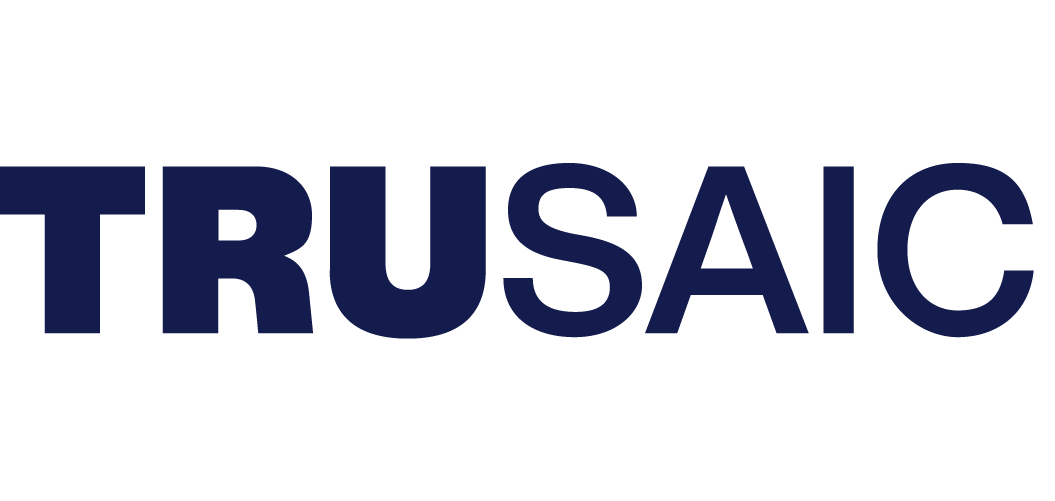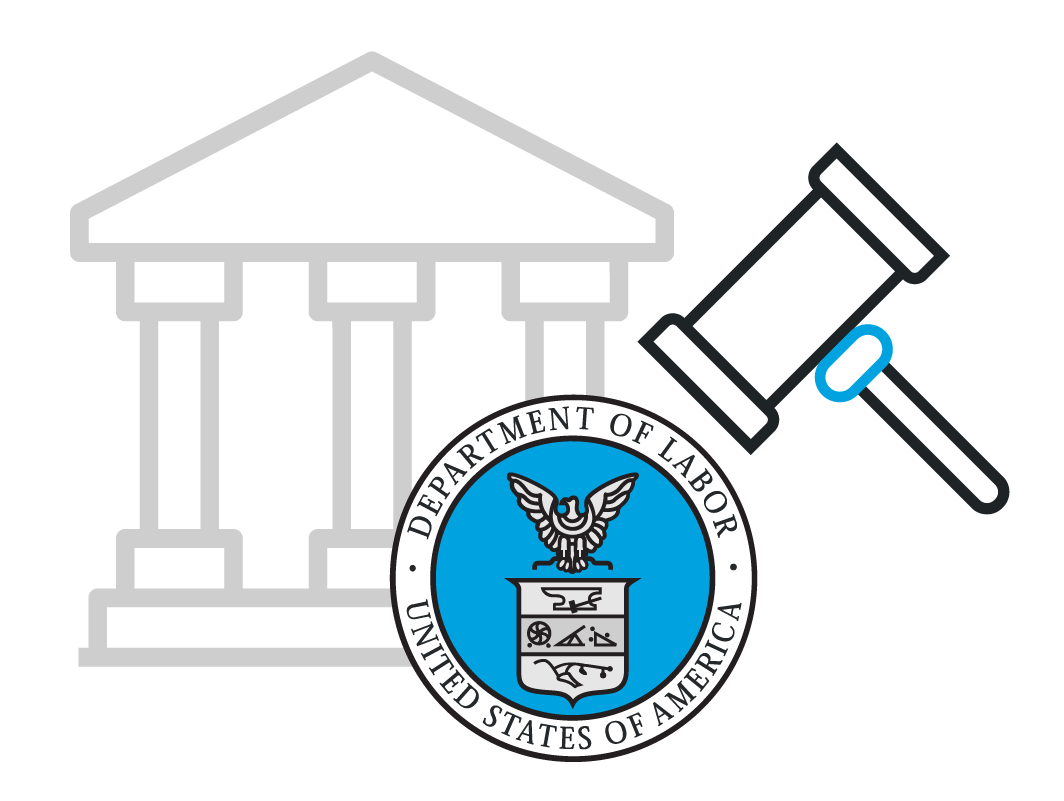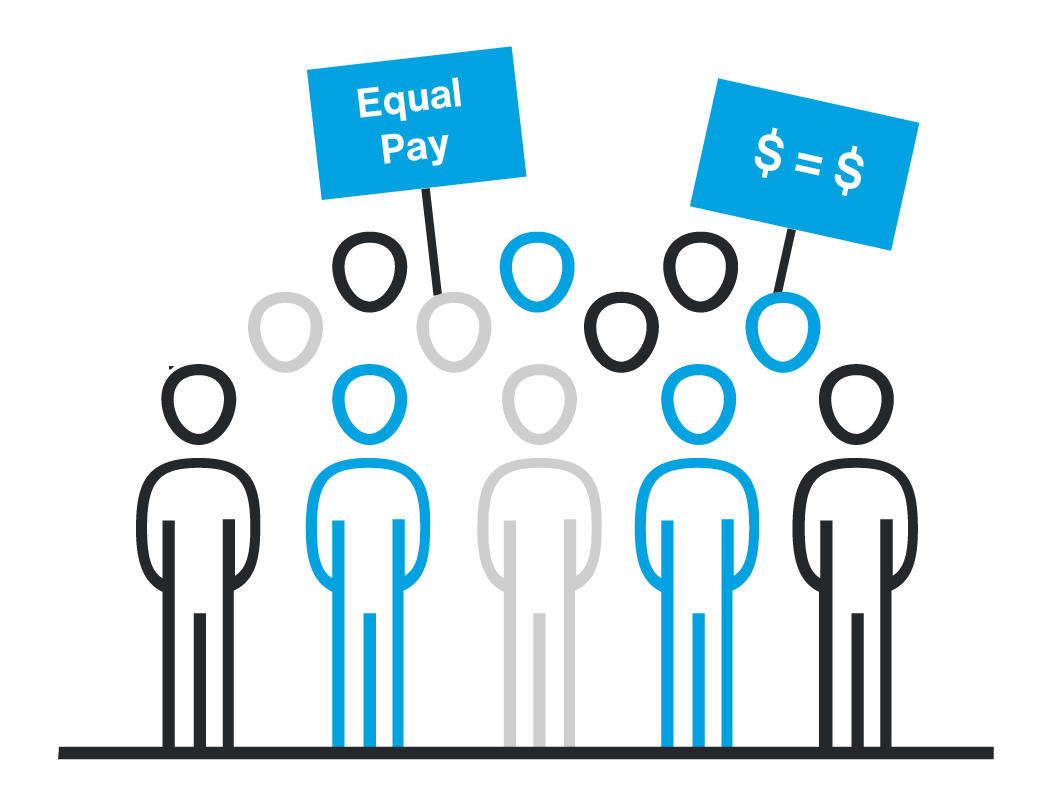
Striving for pay equity is a modern-day imperative for organizations. However, leading employers are looking more broadly at workplace equity.
Building an equitable workplace involves a holistic approach to providing equal access to opportunities and treating people fairly. While achieving pay equity ensures your employees are paid fairly, workplace equity ensures they are treated fairly throughout the employee lifecycle.
Simply put: pay equity + opportunity equity = workplace equity.
Organizations can foster better workplaces by building in opportunity equity into their hiring, promotion, and retention processes. By doing so, employers are better positioned to win the war for talent.
The Cost of Workplace Inequity
A study conducted by Pew Research in 2021 found that one of the top reasons U.S. employees left their job was a lack of advancement opportunities. Feeling undercompensated and disrespected were the top two “major reasons” employees resigned, according to the research.
These all sit at the intersection of workplace equity. Employers that neglect these critical elements of their workforce strategy are at risk of losing top talent. Research from Harvard Business Review underscores this notion. Researchers found that employees generally need to feel they have an opportunity to grow and advance their careers in order to stay at a company.
Promote Workplace Equity Across All Levels in Your Organization
This leads to significant cost increases for organizations. Gallup research indicates the cost of replacing an individual employee can range from one-half to two times the employee’s annual salary.
Beyond the hefty financial cost of turnover, there are hidden costs that have a tangible impact on the business. Employee attrition leads to lost productivity, employee burnout/low morale, lost institutional knowledge, cost of training a new hire and the added risk of mishiring.
What’s more? There’s a clear legal risk.
One of the main contributors to the gender pay gap, which increased to 83% in 2023 in the U.S., is a disparity between White men and Women/BIPOC in leadership roles. The first step for any organization is conducting a pay equity analysis to determine whether or not you have unexplained pay disparities that must be remediated. You might find you have a small adjusted pay gap but a large raw gender/ethnic pay gap.
If your company has no (or very few) female or non-White employees in leadership roles, you may not have an opportunity equity problem at your organization rather than, or even in addition to, a pay equity problem. The reasons for this could be explainable, but it’s important to audit your hiring, promotion, and retention processes to ensure you aren’t exacerbating inequities at your organization.
Create a Culture of Opportunity Equity
Like pay equity, opportunity equity is the right thing to do and integral to create workplace equity for all. Opportunity equity is the latest strategic initiative to encourage progress in closing pay gaps and creating gender parity.
Achieve Authentic Pay Equity With Software
Organizations can take the following proactive steps to foster a workplace that incorporates opportunity equity:
- Build diverse and inclusive organizations. Global research from McKinsey found that organizations that rank in the higher quartile of gender and ethnic diversity in leadership are more likely to financially outperform their peers that rank in the lower quartile of diversity.
- Move toward a policy of pay transparency. Half of all U.S. job postings now include pay data and not all of this growth is due to compliance requirements. Including salary information in job postings creates a culture of transparency and attracts more qualified job applicants to your open positions.
- Evaluate hiring and retention practices. An organization cannot achieve workplace equity goals if its hiring practices are not conducive to attracting diverse candidates. What’s more, this fosters a workplace culture that might lend itself to high turnover rates among those diverse candidates that are in fact hired. Evaluate if your organization provides equitable opportunity for all employees to thrive and advance.
- Analyze pay and promotion practices. Doing a pay equity analysis will identify where inequities exist in your organization but simply remedying them with one-time pay adjustments could mask the real issue. Are performance reviews significantly influencing pay increases and promotions? If so, is there a disparity in gender or race/ethnicity in who is being promoted based on these performance reviews? These are issues your organization should evaluate.
It is highly probable that opportunity equity will follow pay equity in becoming a key strategy to address pay gaps and career inequities. In light of this, we recommend that organizations remain vigilant.
Leverage Workplace Equity Software
Workplace equity software enables employers to account for opportunity equity in their workforce strategy.
OpportunityParity™, a feature of Trusaic’s workplace equity analysis software, offers a complete solution for pinpointing and remedying equity concerns in your organization’s hiring, promotion, and retention processes.
Drawing from diverse global directives like the OFCCP, EEOC, EU Pay Transparency Directive, and more, it ensures fairness and inclusivity throughout your talent lifecycle, irrespective of geographical boundaries or regulatory frameworks.
How OpportunityParity Supports Your Goals:
- Improves equitable career advancement: Build equity into every aspect of your talent management process, from recruitment to retention.
- Analyzes and improves opportunity equity: Identify and address disparities in hiring, promotion, performance assessment, and retention.
- Helps you achieve workplace equity objectives: Use forecasts to help achieve your diversity objectives and accelerate progress with data-driven insights.
- Builds a culture of trust and transparency: Elevate human capital, bolster people sustainability, and fortify social responsibility metrics by fostering an environment of trust and transparency.
Leading organizations can improve their business and become early adopters of this movement by committing to pay and opportunity equity as part of an inclusive company vision and mission.



